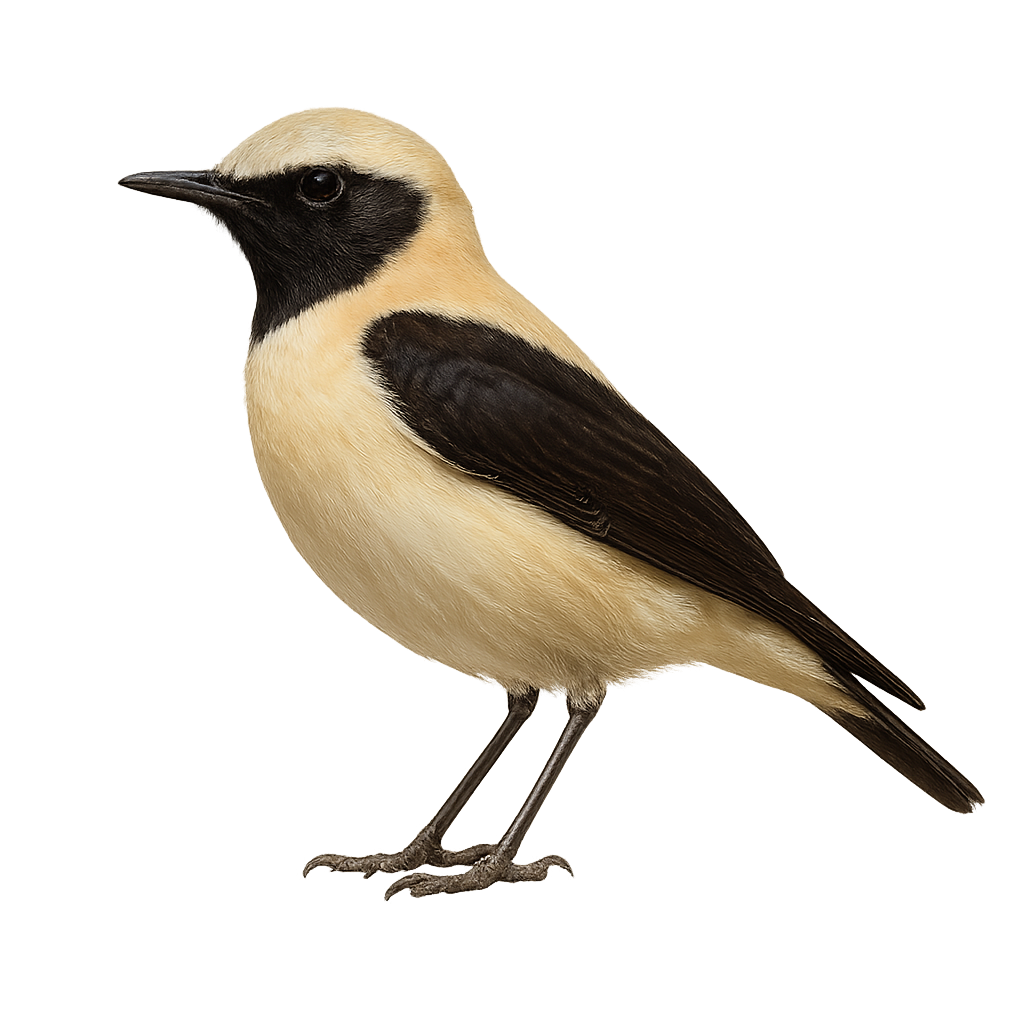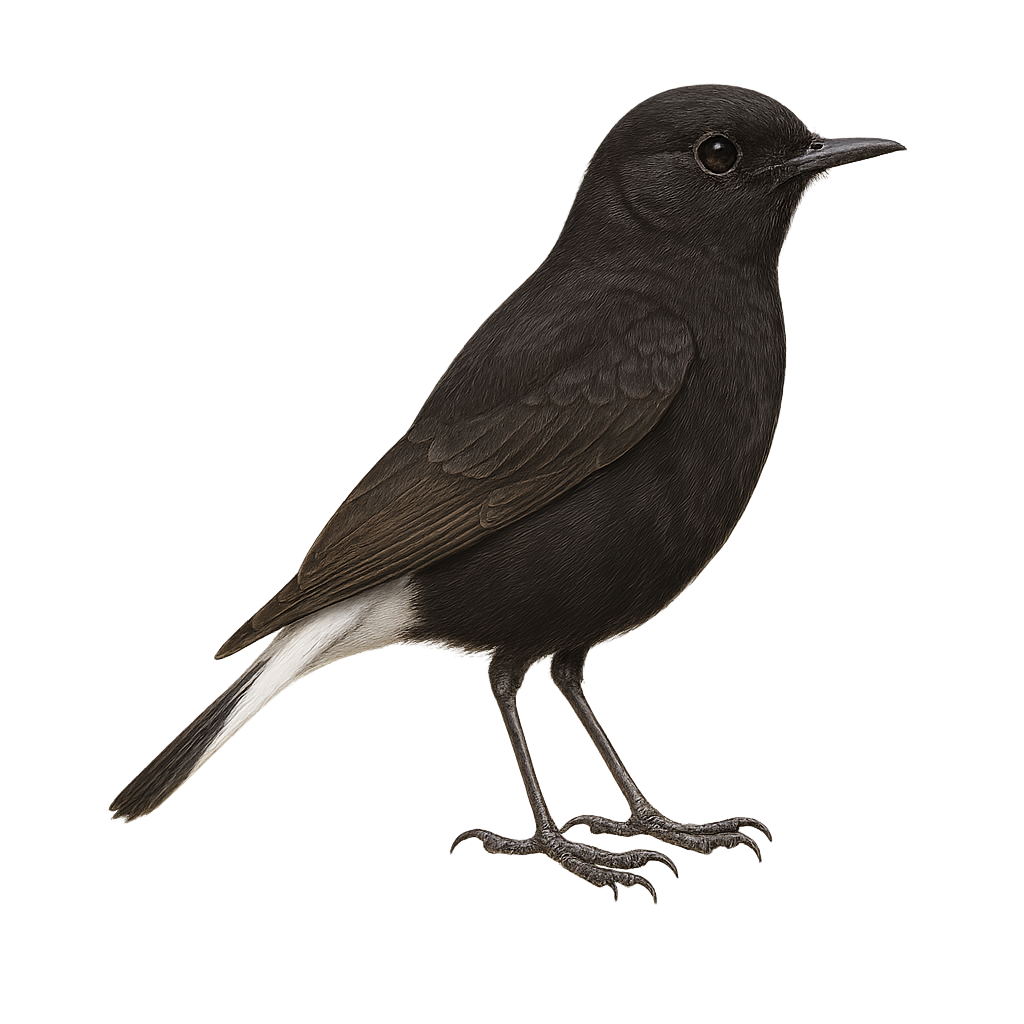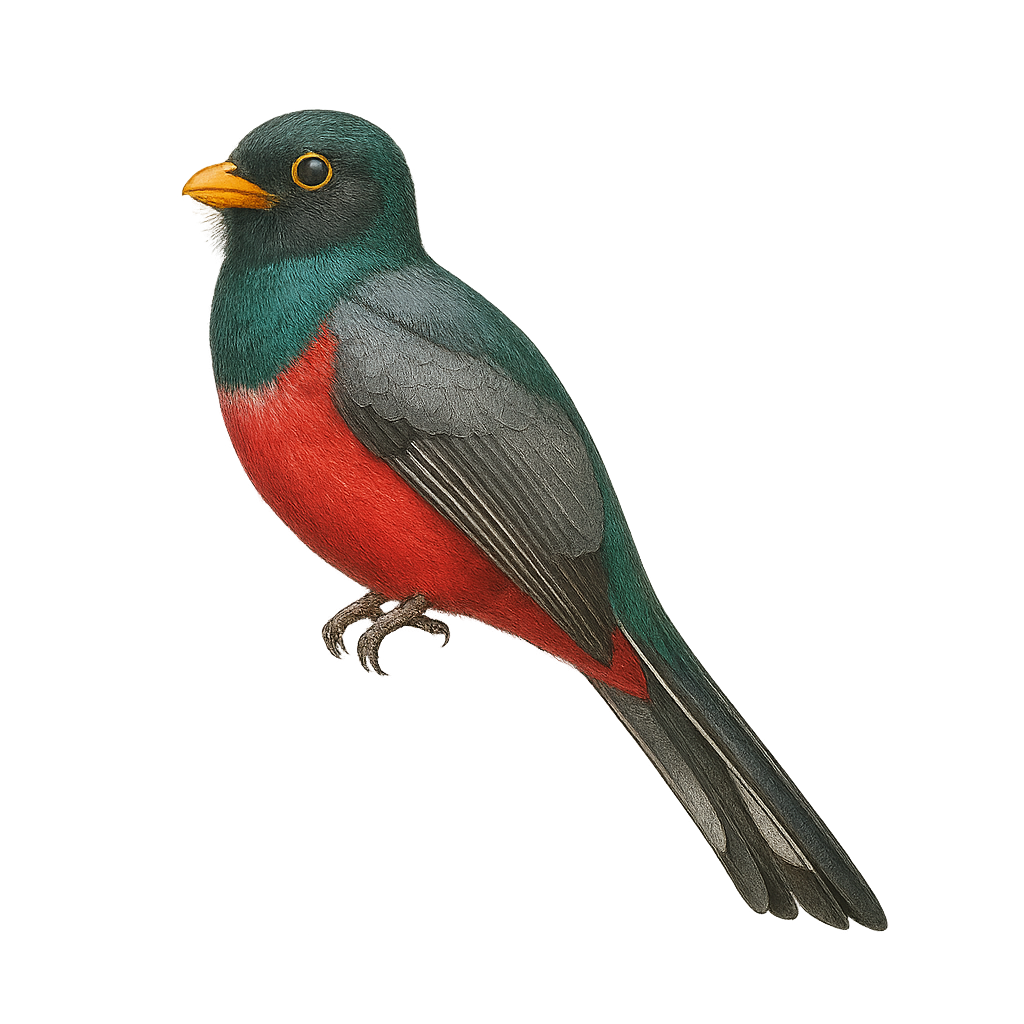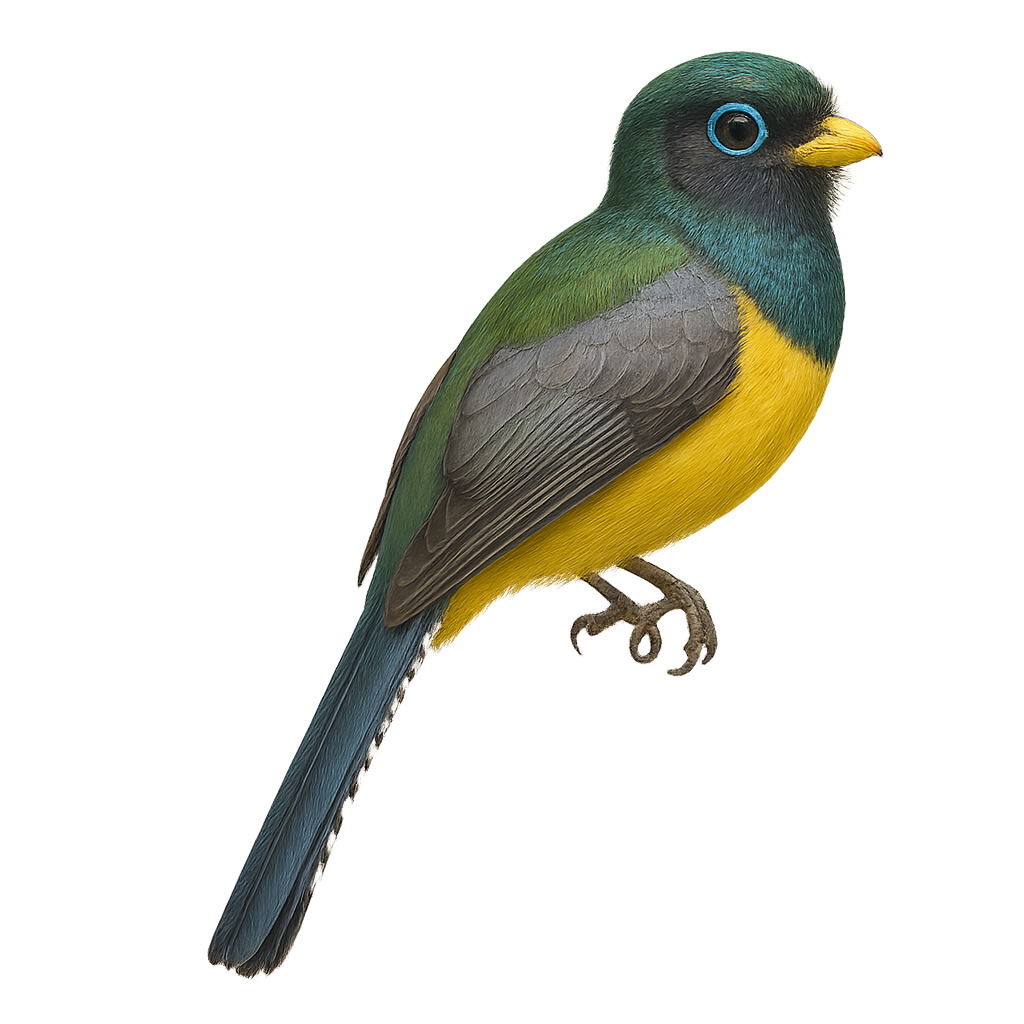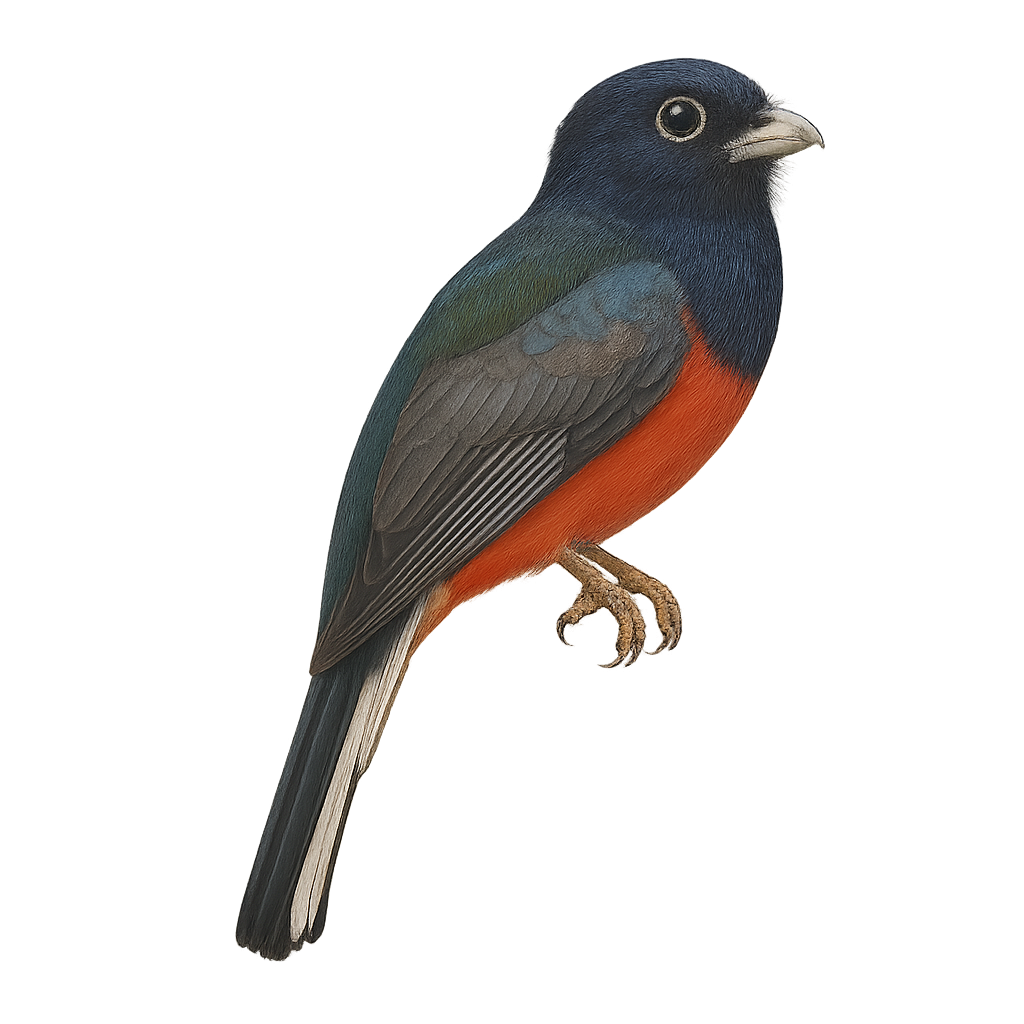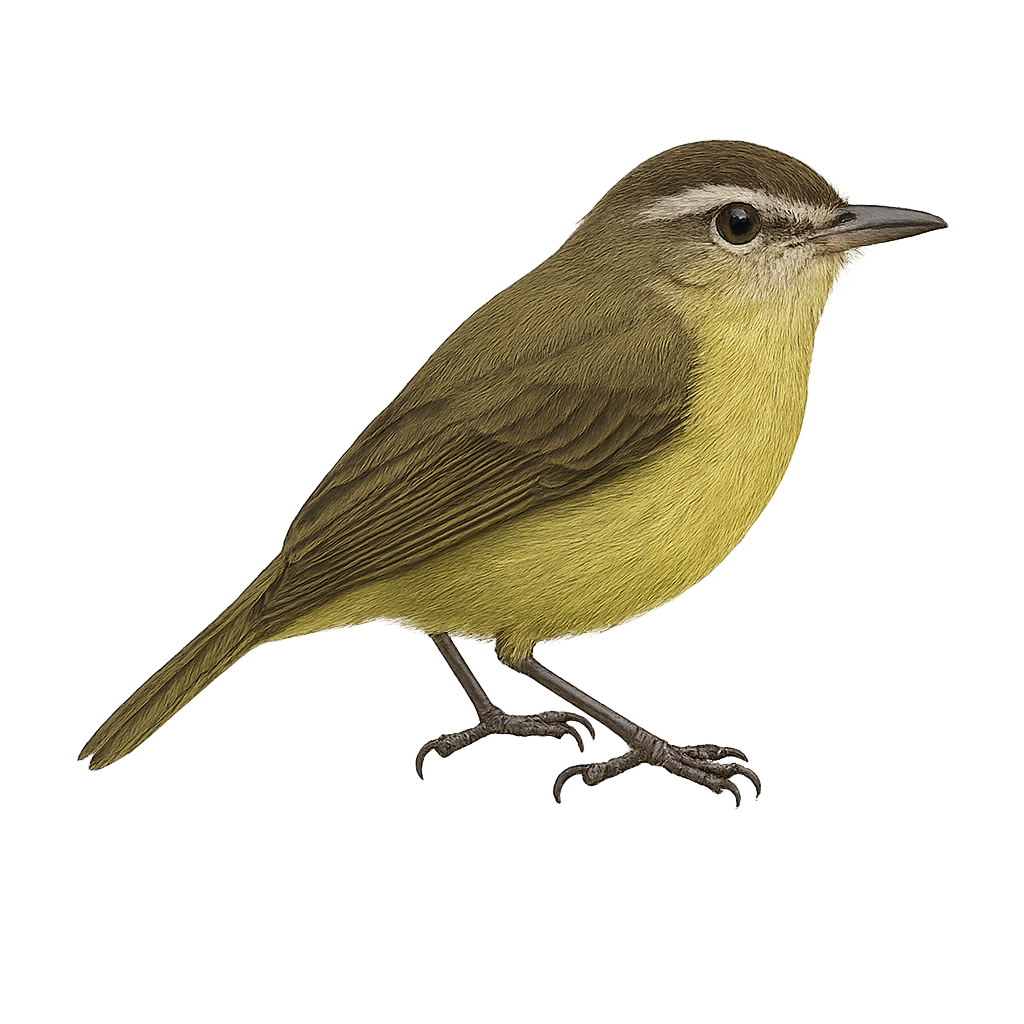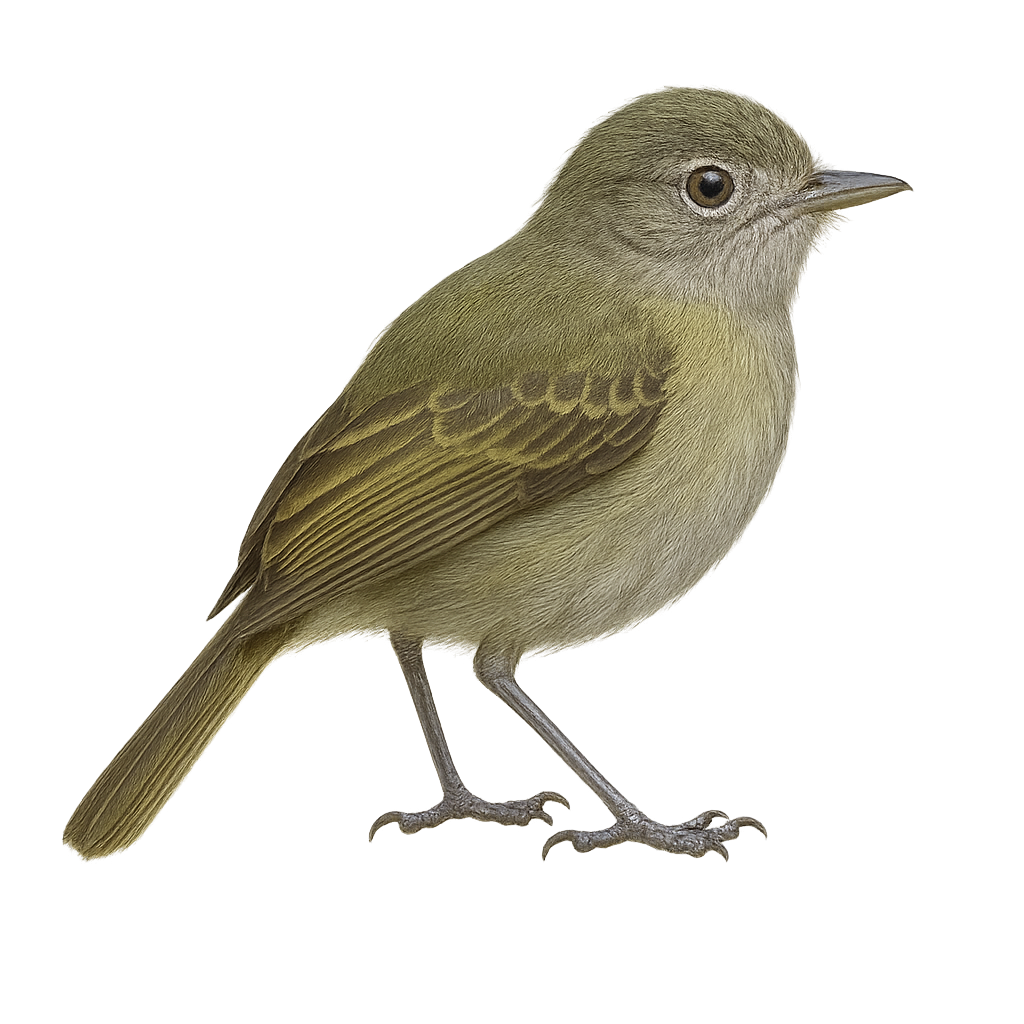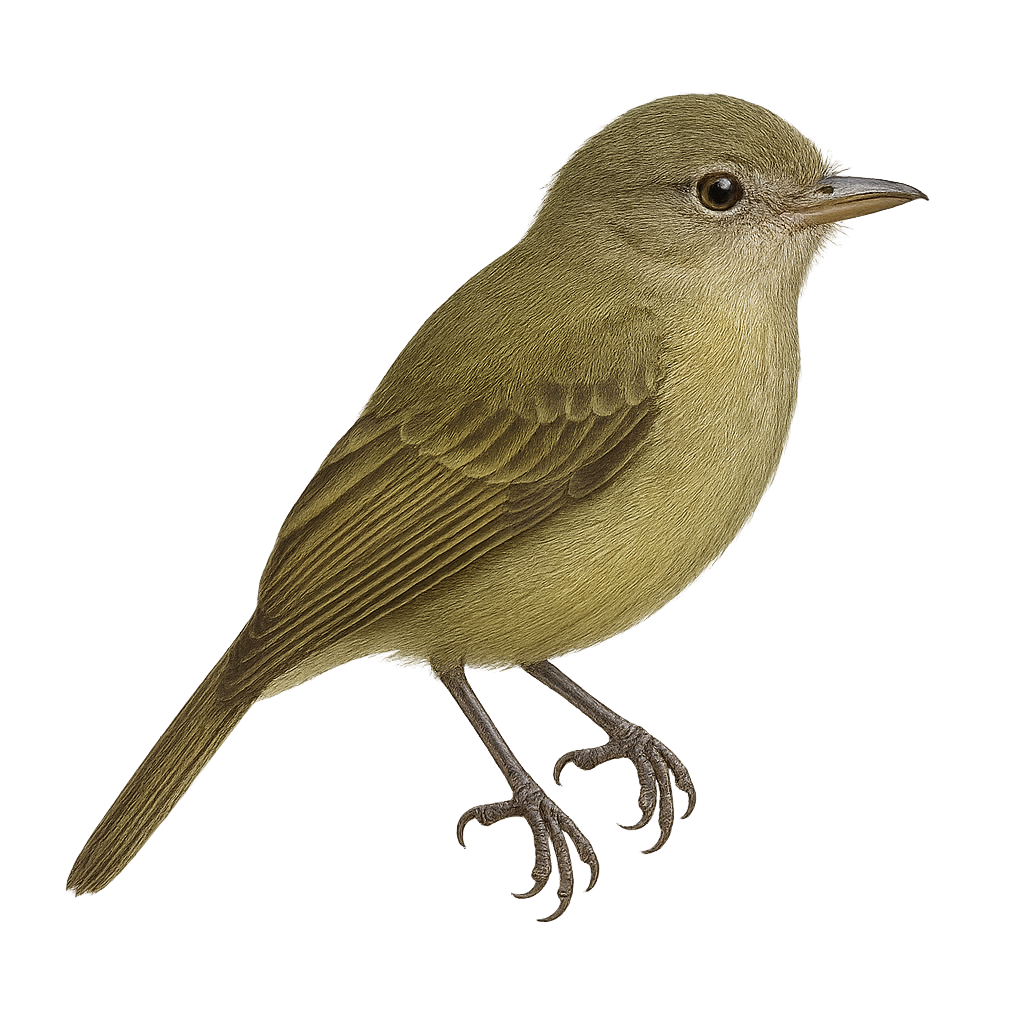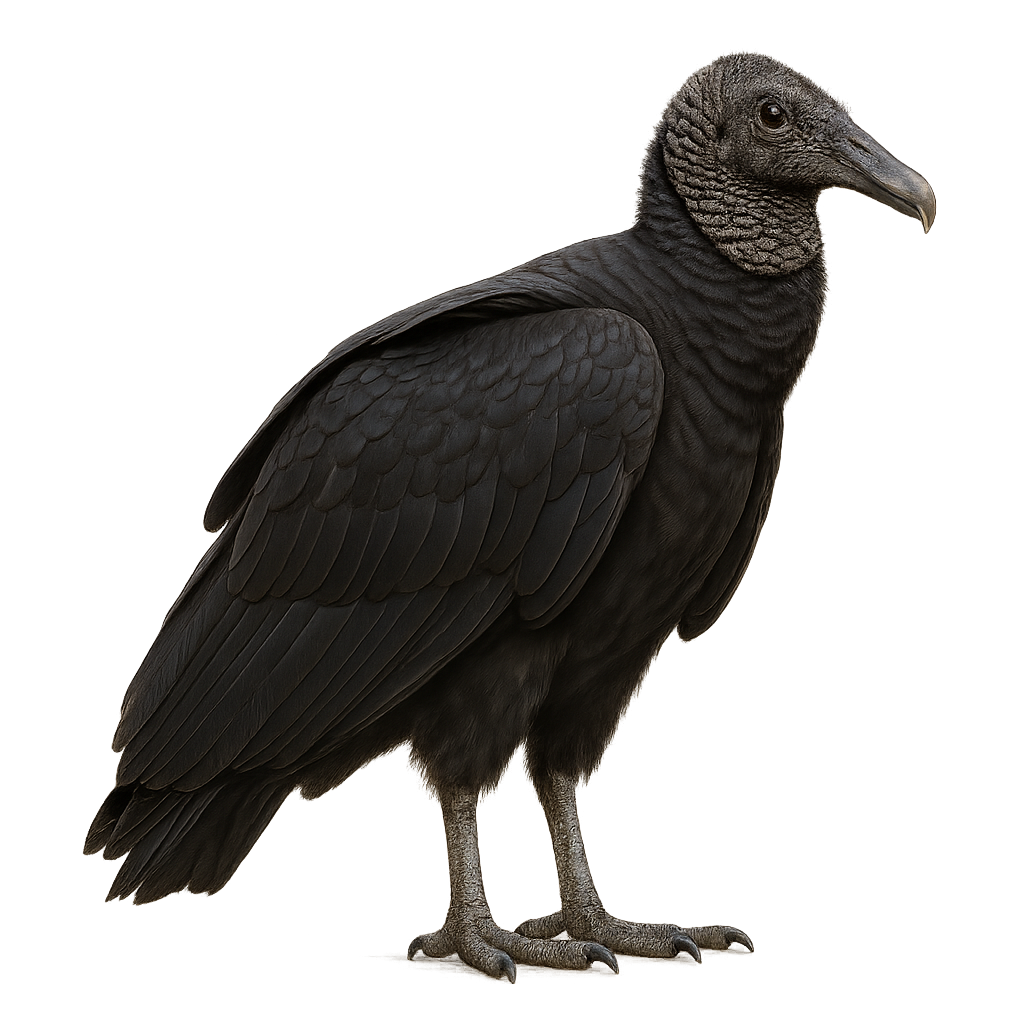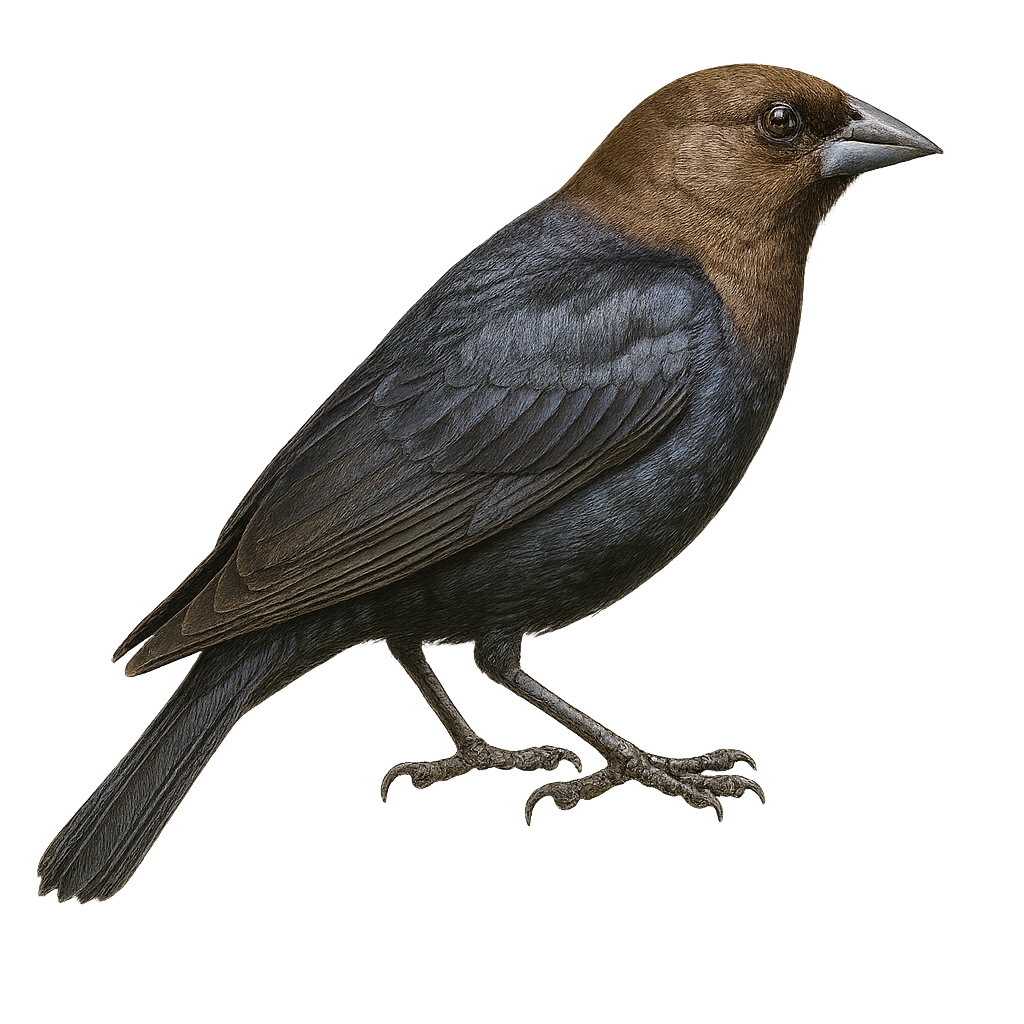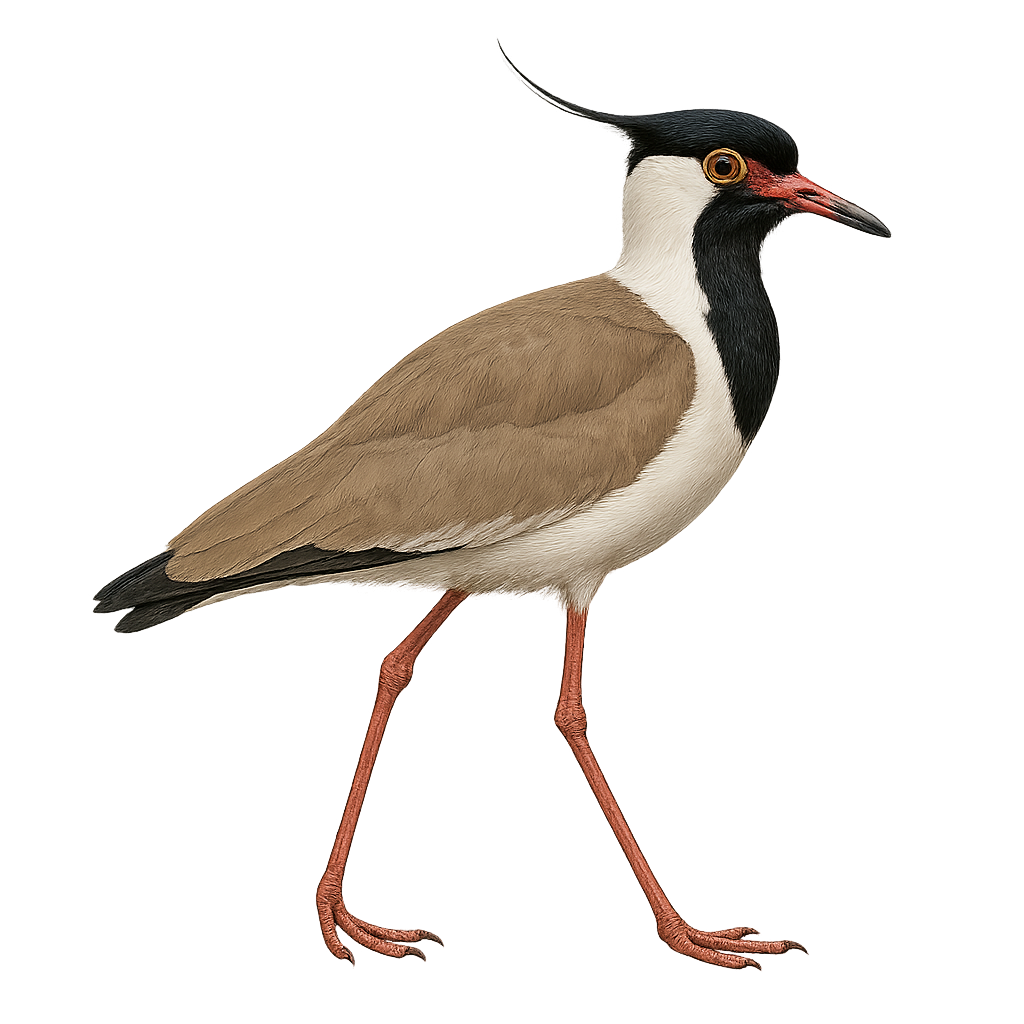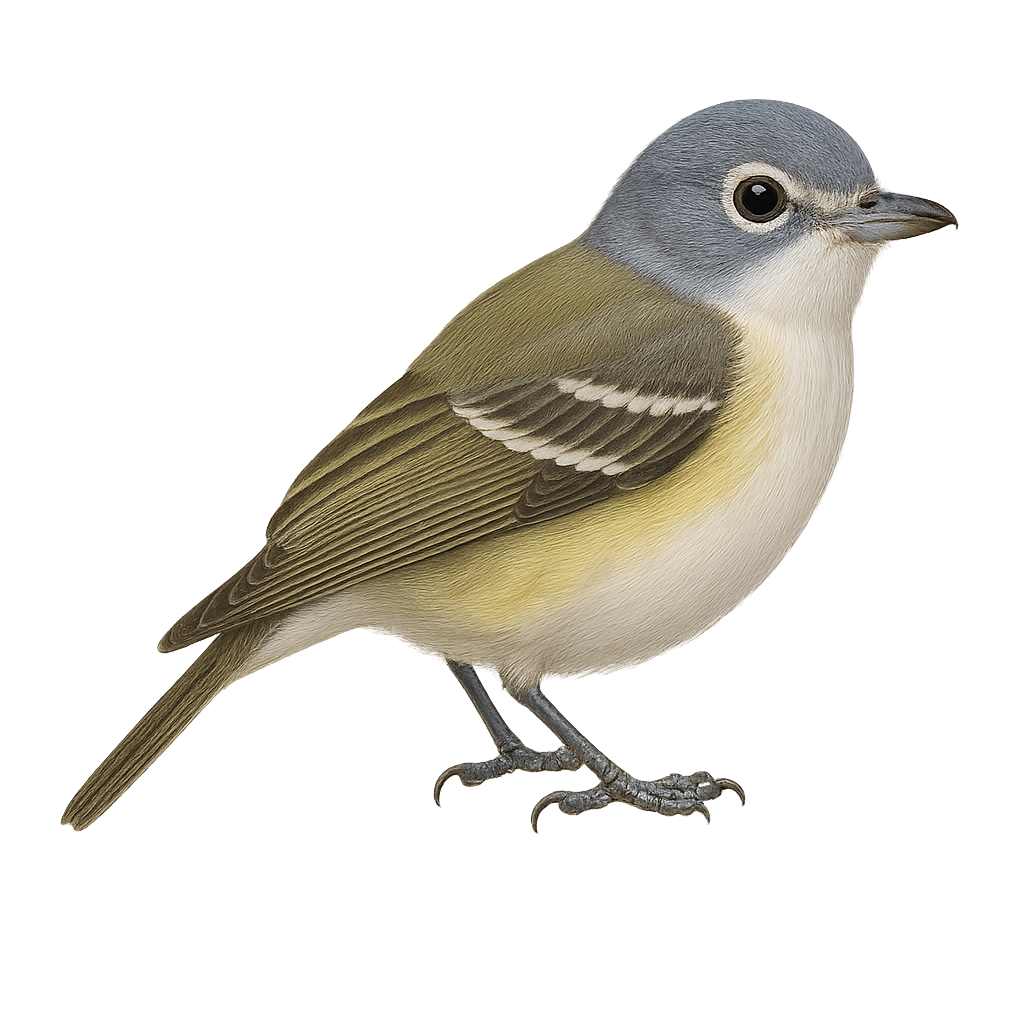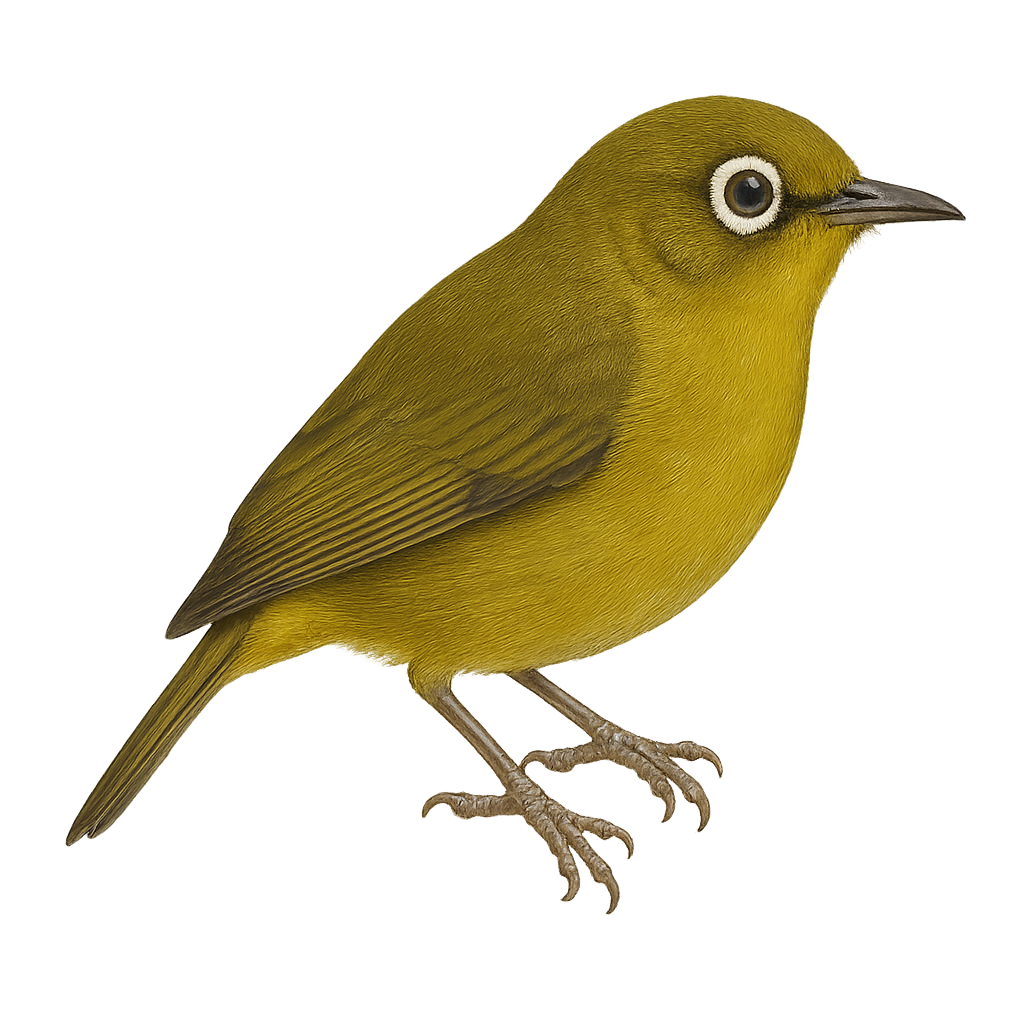The black-eared wheatear is a small passerine, 14–15 cm long, with contrasting plumage: pale grey crown and back, black wings and tail, white throat and a black eye stripe. It inhabits steppes, rocky slopes, scrub and open plains in southern Europe and Western Asia, feeding on insects and spiders on the ground or during low flights. During breeding (April to July), the male performs aerial displays and sings from a perch to attract the female and defend its territory.
The Black Wheatear, Oenanthe leucura, is a bird from the Muscicapidae family. It is predominantly black with a distinctive white tail. Found in arid and rocky regions of southern Europe and northern Africa, this bird is known for its territorial behavior and adaptability to harsh environments. The Black Wheatear primarily feeds on insects and small invertebrates. It nests in crevices or holes in rocks, typically laying 4 to 5 eggs. Although its habitat is sometimes threatened by human activity, it is currently classified as of least concern by the IUCN.
The Black-tailed Trogon, or Trogon melanurus, is a colorful and fascinating bird primarily found in the tropical forests of South America. It is distinguished by its vibrant plumage, with an emerald green back, bright red chest, and characteristic black tail. This bird measures about 28 to 30 cm in length and primarily feeds on insects and fruits. The Black-tailed Trogon is often seen quietly perched on a branch, scanning its surroundings for food. It is known for its soft, melodious song that resonates through the canopy. Although it is relatively tolerant of human presence, it prefers dense habitats where it can easily hide.
The Black-headed Trogon is a colorful bird found primarily in the tropical and subtropical forests of Central and South America, notably in Mexico, Honduras, Costa Rica, and Panama. It typically measures about 25 to 30 cm in length and weighs between 90 and 120 g. Its plumage is especially vibrant, with a black head contrasting with a brightly colored body, primarily green and red. The Black-headed Trogon primarily feeds on fruits, berries, and small insects. It is often observed in dense forests, where it enjoys perching on tree branches. While its population remains relatively stable, it is sometimes threatened by deforestation and the loss of its natural habitat.
The Black-throated Trogon is a captivating bird of the tropical forests of Central and South America. It is distinguished by its vibrant plumage, with an emerald green back, bright yellow chest, and characteristic black throat. Its tail is long and graduated, often moved subtly. This bird is mainly insectivorous but also consumes fruits. It is often seen perched silently in the canopy, patiently waiting for its prey. The Black-throated Trogon is monogamous and uses tree cavities for nesting. Its song is soft and melodious, often heard at dawn. Although its habitat is threatened by deforestation, it remains relatively common in protected areas.
The Baird's Trogon is a fascinating bird, endemic to the humid tropical forests of Central America, particularly in Costa Rica and Panama. This trogon is distinguished by its striking plumage, with a metallic green back, bright red chest, and white belly. It is often observed silently perched in the canopy, feeding mainly on insects and fruits. Although discreet, its melodious song echoes through the forest, signaling its presence. Unfortunately, deforestation threatens its habitat, making it vulnerable. Conservation efforts are crucial to ensure its survival. This bird is a symbol of the biodiversity of tropical forests and an indicator of the health of these ecosystems.
The Brown-capped Tyrannulet is a small passerine bird belonging to the Tyrannidae family. It is primarily found in the tropical rainforests of Central and South America, where it moves nimbly through the canopy in search of insects. Its head features a distinctive brownish hue, contrasting with its lighter body. Although discreet, its melodious song makes it identifiable to those who know how to listen. It plays an essential role in the ecosystem by controlling insect populations and participating in the pollination of certain plants. Its small size and lively behavior make it difficult to observe, but it is a favorite subject for amateur and professional ornithologists.
The Black-capped Tyrannulet is a small passerine bird belonging to the Tyrannidae family. It is primarily found in the humid montane forests of South America, notably in Colombia, Peru, and Bolivia. This small bird measures about 11 cm in length and is distinguished by its black cap contrasting with its pale yellow belly and olive-green back. It is often seen foraging for insects in dense foliage. Its song is a high-pitched, repetitive whistle. Although discreet, it is relatively common in its natural habitat. The Black-capped Tyrannulet plays an important role in the ecosystem by controlling insect populations.
The Zimmerius bolivianus, or Bolivian Tyrannulet, is a small passerine bird belonging to the Tyrannidae family. It is primarily found in the humid montane forests of the Andean region, particularly in Bolivia and Peru. This bird is characterized by its olive-green plumage on the back and yellow on the belly, with slightly darker wings. It is often seen feeding on insects and small fruits, moving nimbly among the branches. Although discreet, its melodious and repetitive song often reveals its presence. The Bolivian Tyrannulet plays an important role in the ecosystem by contributing to seed dispersal and insect population control.
The Burmeister's Tyrannulet, Phyllomyias burmeisteri, is a small bird from the Tyrannidae family. It is primarily found in the subtropical and tropical moist forests of South America, particularly in Brazil, Argentina, and Paraguay. This bird is characterized by its olive-green plumage on the back and pale yellow on the belly, with slightly darker wings. It is often seen in small groups or pairs, feeding mainly on insects caught in flight or on leaves. The song of the Burmeister's Tyrannulet is a soft, repetitive trill, often heard at dawn. Although its habitat is threatened by deforestation, it is currently classified as Least Concern by the IUCN.
The Black Vulture, or Coragyps atratus, is a medium-sized scavenger bird, easily recognized by its entirely black plumage and grayish bare head. It is often seen soaring with its broad, short wings and is distinguished by its short, square tail. This bird is widespread across the Americas, from the southern United States to Argentina. It inhabits various environments, from forests to urban areas, and plays a crucial ecological role by disposing of carcasses. Although often seen in large groups, the Black Vulture is somewhat wary of humans. Its ability to adapt to different environments and feed on various food sources makes it a resilient species.
The Brown-headed Cowbird, Molothrus ater, is a passerine bird from the Icteridae family, native to North America. This bird is easily recognizable by its chocolate-brown head contrasting with its glossy black body in males, while females have a duller, grayish-brown plumage. The Brown-headed Cowbird is known for its brood parasitism behavior, laying its eggs in the nests of other bird species, which can negatively impact host populations. It inhabits various environments, including grasslands, agricultural areas, and forest edges. Although often considered a nuisance by birdwatchers, it plays a role in ecological balance by controlling insect populations.
The Black-headed Lapwing, Vanellus tectus, is an elegant and distinctive bird, easily recognizable by its black head contrasting with its grey and white body. It also sports a black crest on its head and broad wings with black and white patterns. This bird is primarily found in the dry savannas and open grasslands of sub-Saharan Africa. It is often seen in small groups, feeding on insects and small invertebrates. The Black-headed Lapwing is known for its piercing calls and territorial behavior, especially during the breeding season. Although its habitat is threatened by agricultural expansion, it is currently classified as of least concern by the IUCN.
The Blue-headed Vireo is a small songbird belonging to the Vireonidae family. It is easily recognizable by its bluish-gray head, white eye rings, and white belly contrasting with its olive-green back. This bird primarily inhabits coniferous and mixed forests in North America, where it feeds on insects and small fruits. A migratory species, it winters in the southern United States, Mexico, and Central America. The Blue-headed Vireo is territorial, especially during the breeding season, when the male sings to defend its territory and attract a mate. Although its habitat is threatened by deforestation, the species is currently considered of least concern by the IUCN.
The Buru White-eye is a small bird endemic to the island of Buru in Indonesia. It belongs to the Zosteropidae family and is recognizable by its olive-green plumage, white eye-ring, and slender beak. This bird measures about 11 cm in length and weighs between 8 and 12 grams. It primarily inhabits tropical moist forests and wooded lowland areas. The Buru White-eye feeds mainly on insects, fruits, and nectar. It is often observed in small groups, actively moving in search of food. Although its habitat is limited, it is not currently considered threatened.


